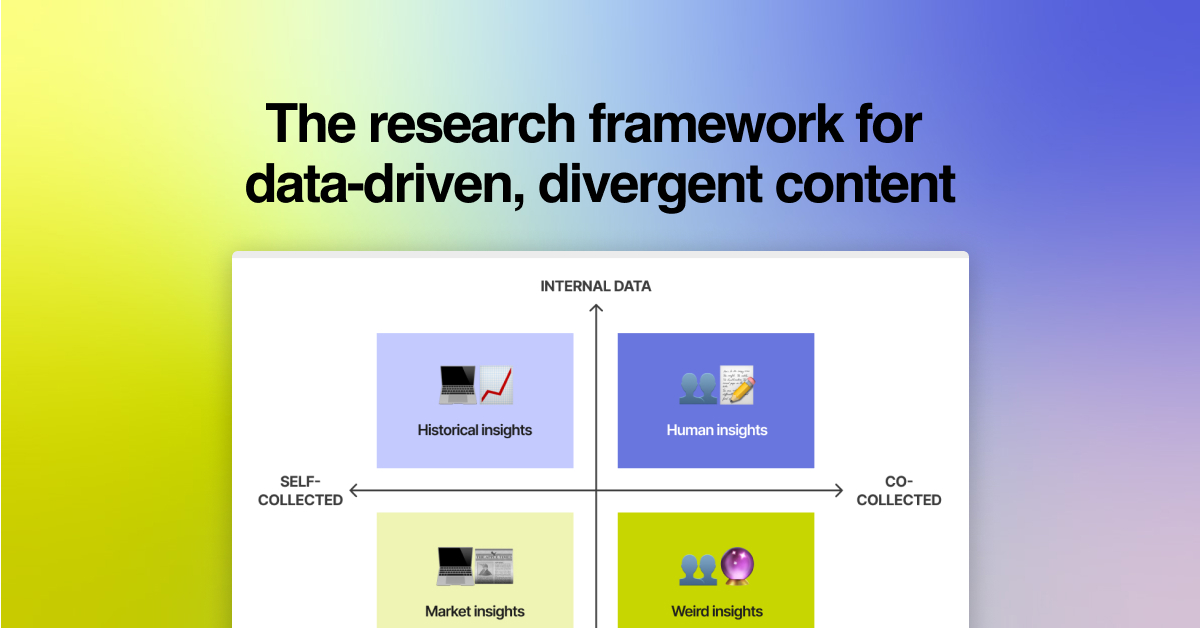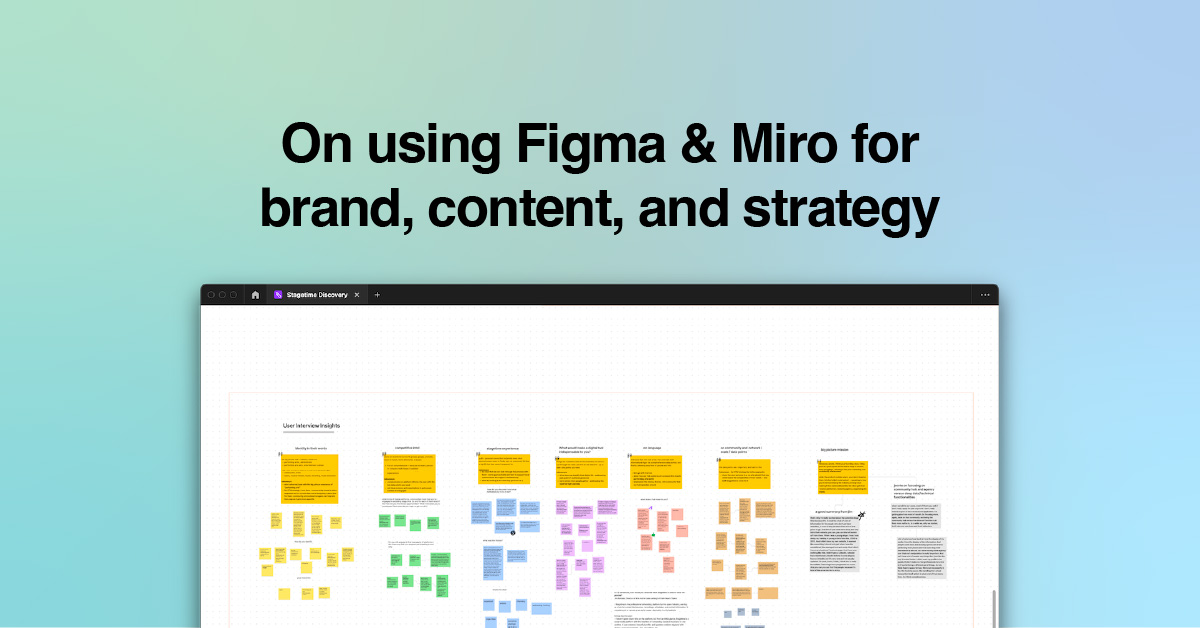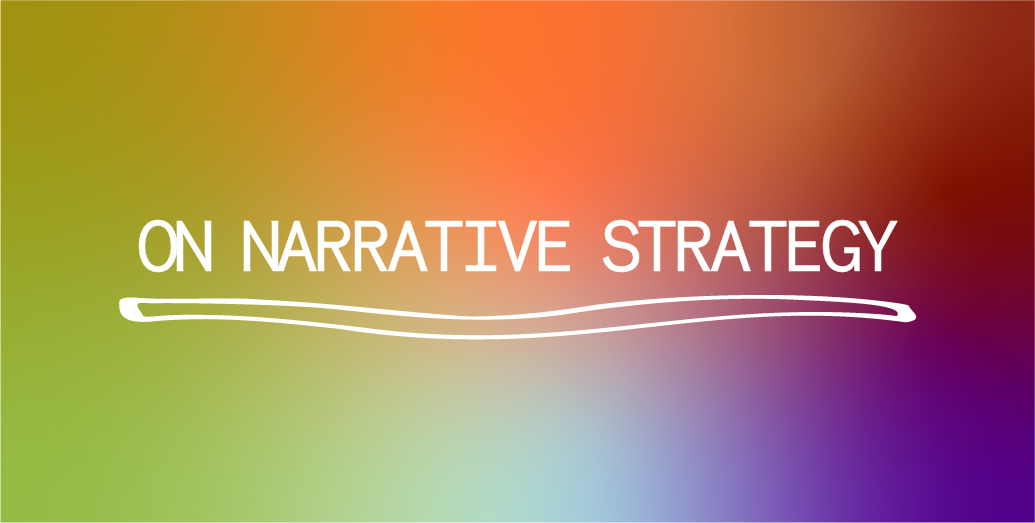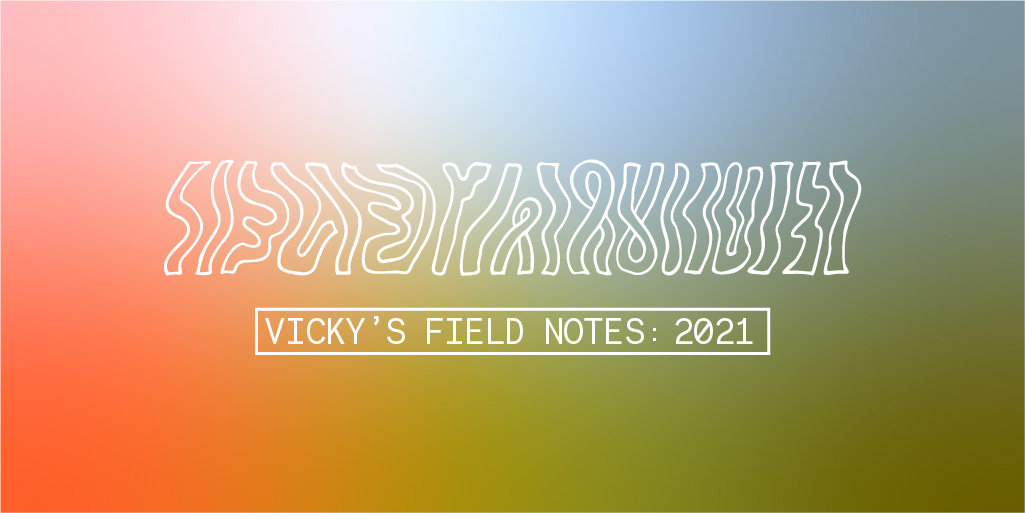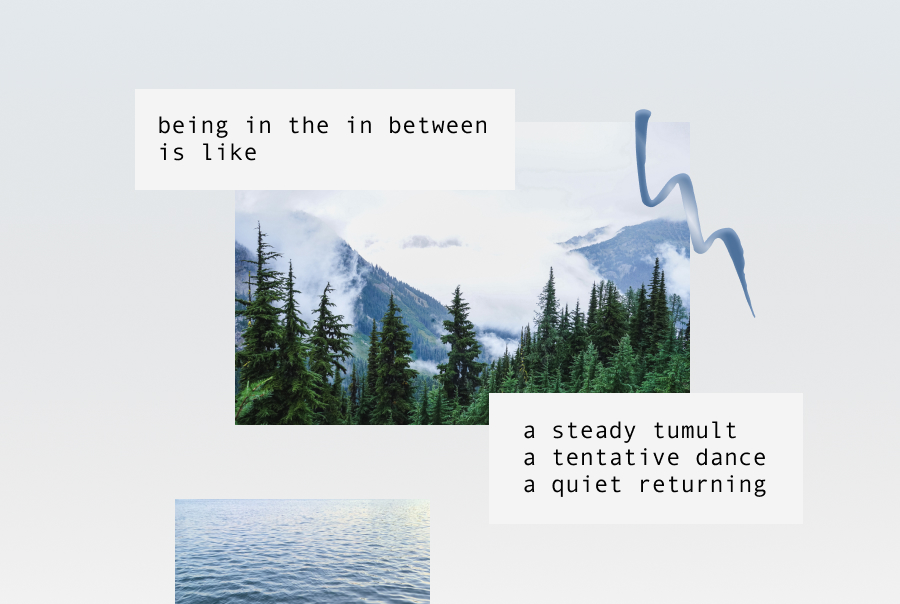
Latest in: consulting
Originally published on The Content Technologist on June 1, 2023, as “Keep brands weird: The research framework for exceptional data-driven content.” Content strategy is a dance. It takes artful maneuvering to charm humans with …
Originally published on The Content Technologist on March 16, 2023, as “Why content strategists should add visual concepting software to their toolkits.” ChatGPT and its generative friends may look shiny, but don't forget about …
Let's start with marketing. It's the most visible medium for narrative strategy — that amorphous, curious, invisible energy that causes companies to rise and fall. Most marketing is bad. Or if not bad, mediocre …
I almost didn't write this recap. Year two of independent consulting during year two of a global pandemic didn't feel worth publicizing. (Are there not far more impressive and devastating things that demand our …
Sharing a little illustrated photo poem: the fruit of a transitional season between work and homes, inspired by Weiwei Hsu's comic log So.. Where's Home?. Subscribe to my newsletter for the full experience, featuring …
My first college gig landed me in our student center lobby, fitted in an unflattering cerulean blue tee with "Techspert" printed over the front. I was a Microsoft brand ambassador, tasked with evangelizing the …
On my first year of independent work This year was about staying afloat. We all lost many things in 2020, some more than others, and I'm lucky enough to feel grateful in the midst …
© 2025 Vicky Gu
